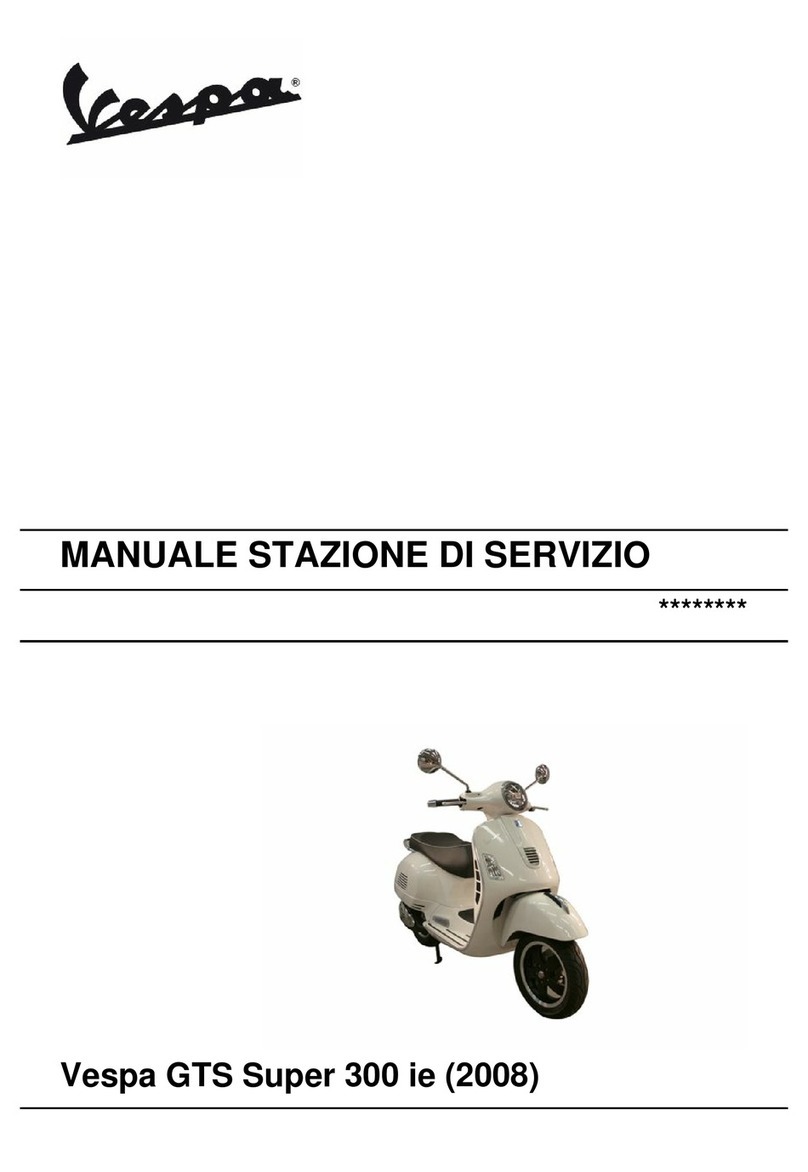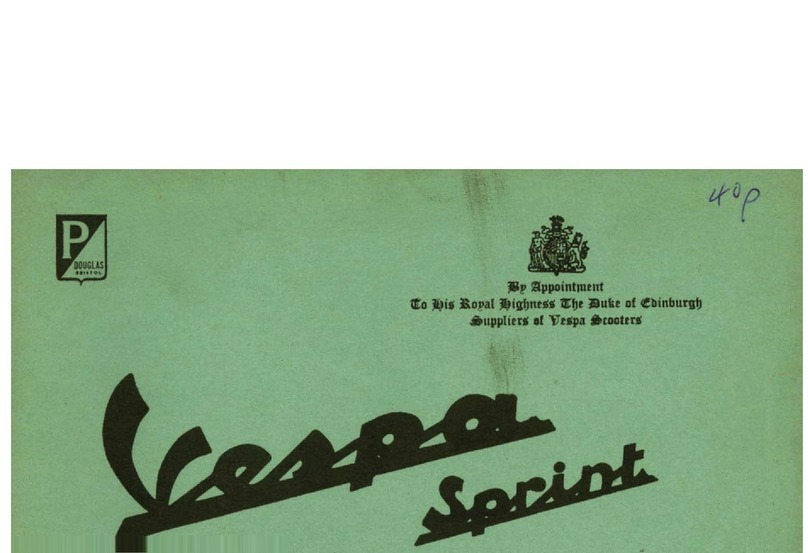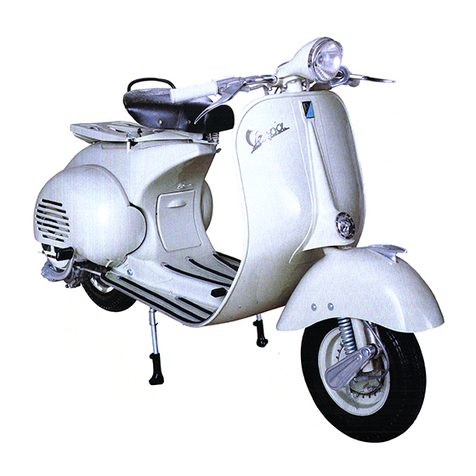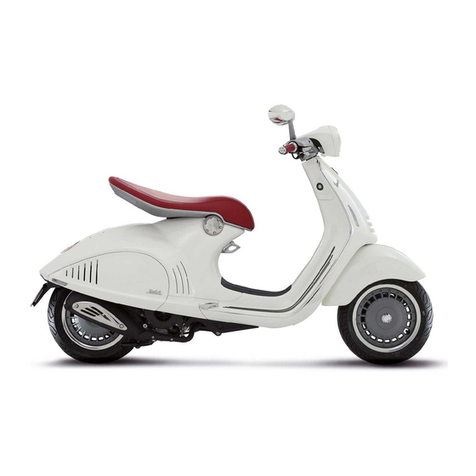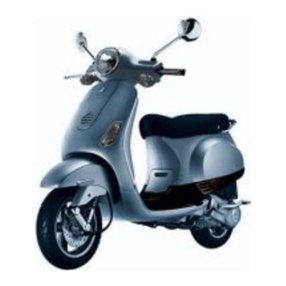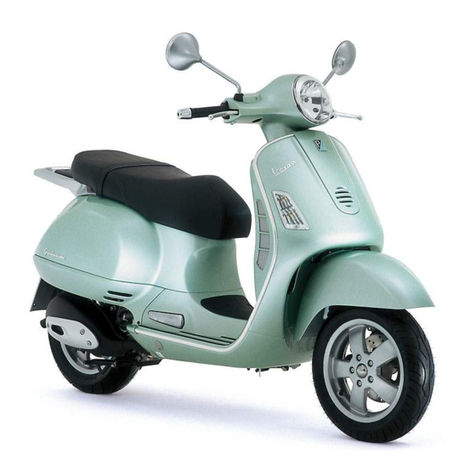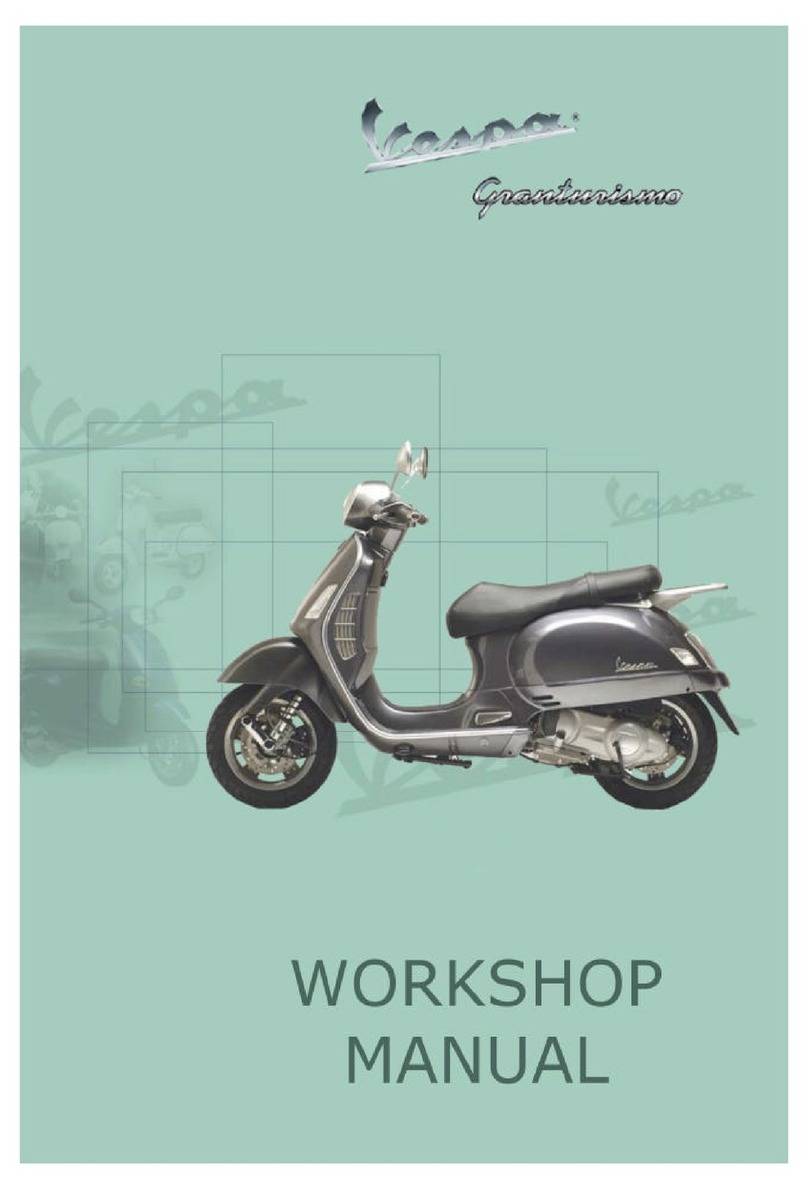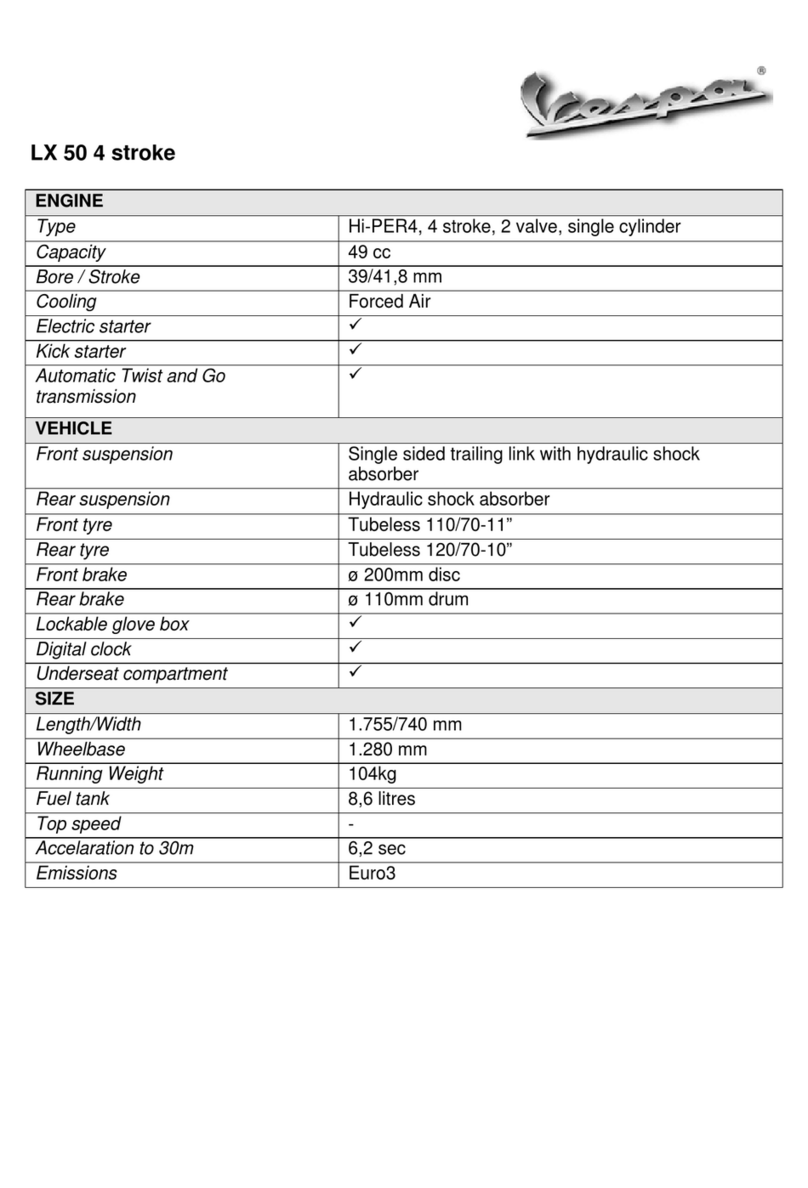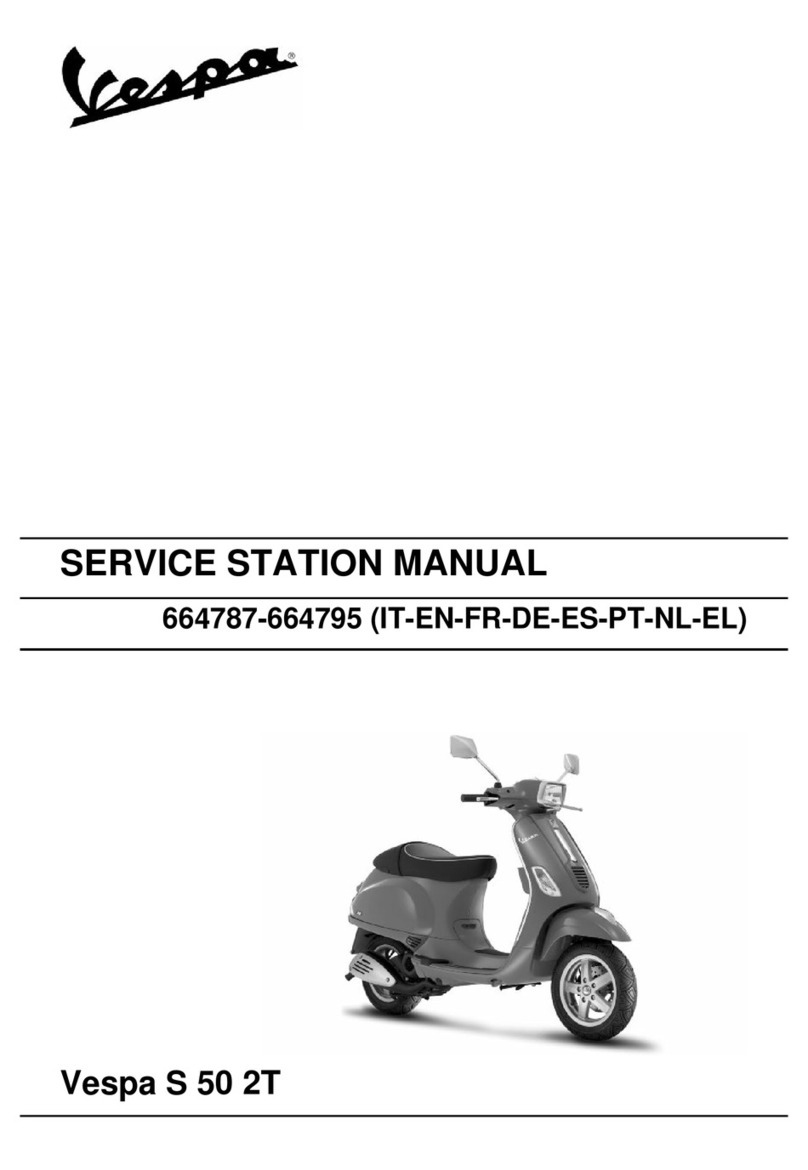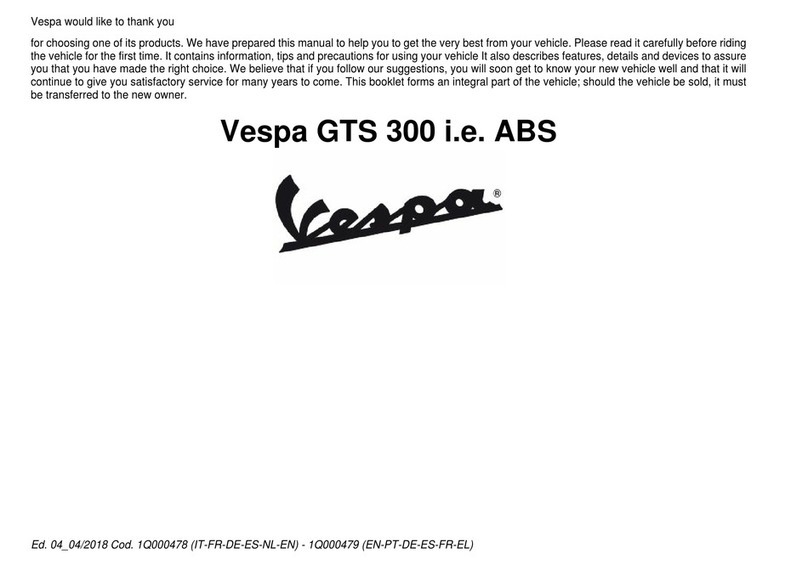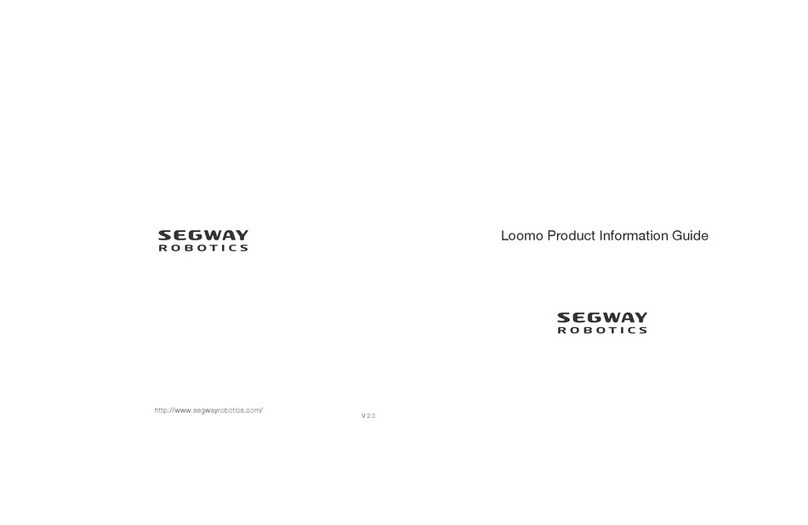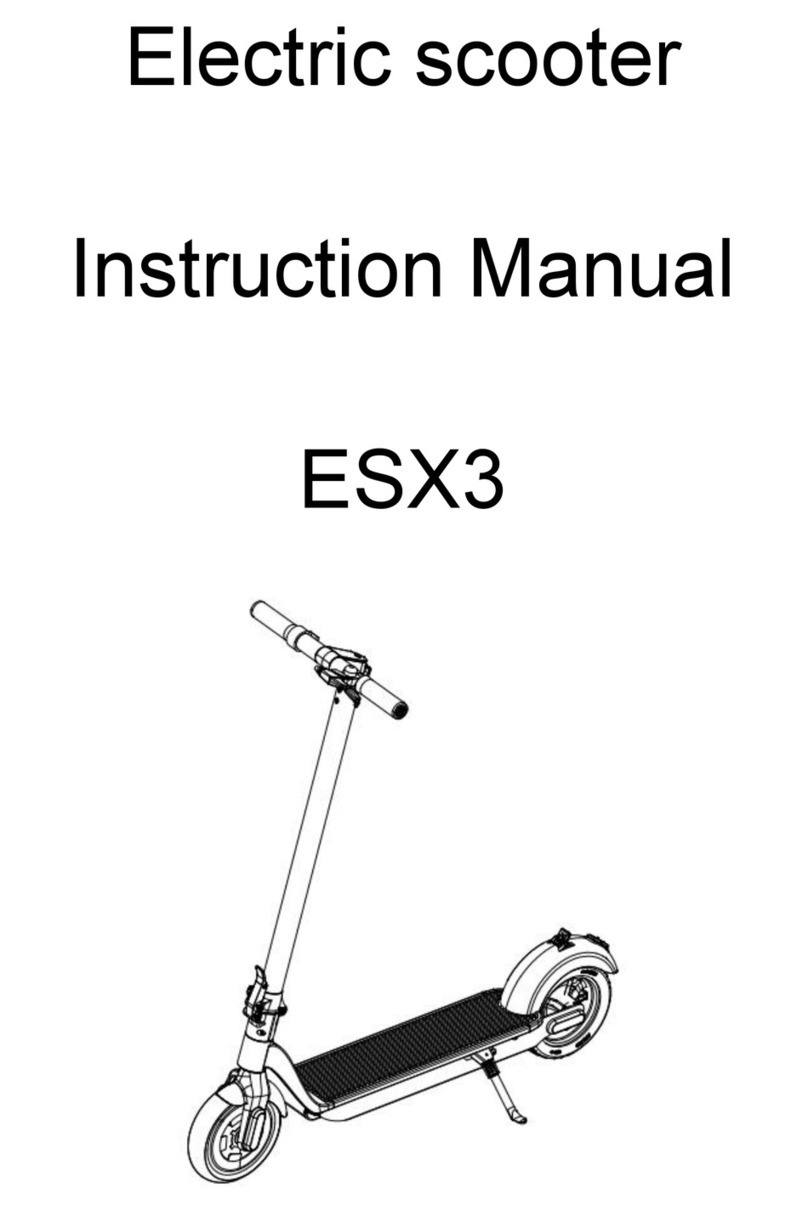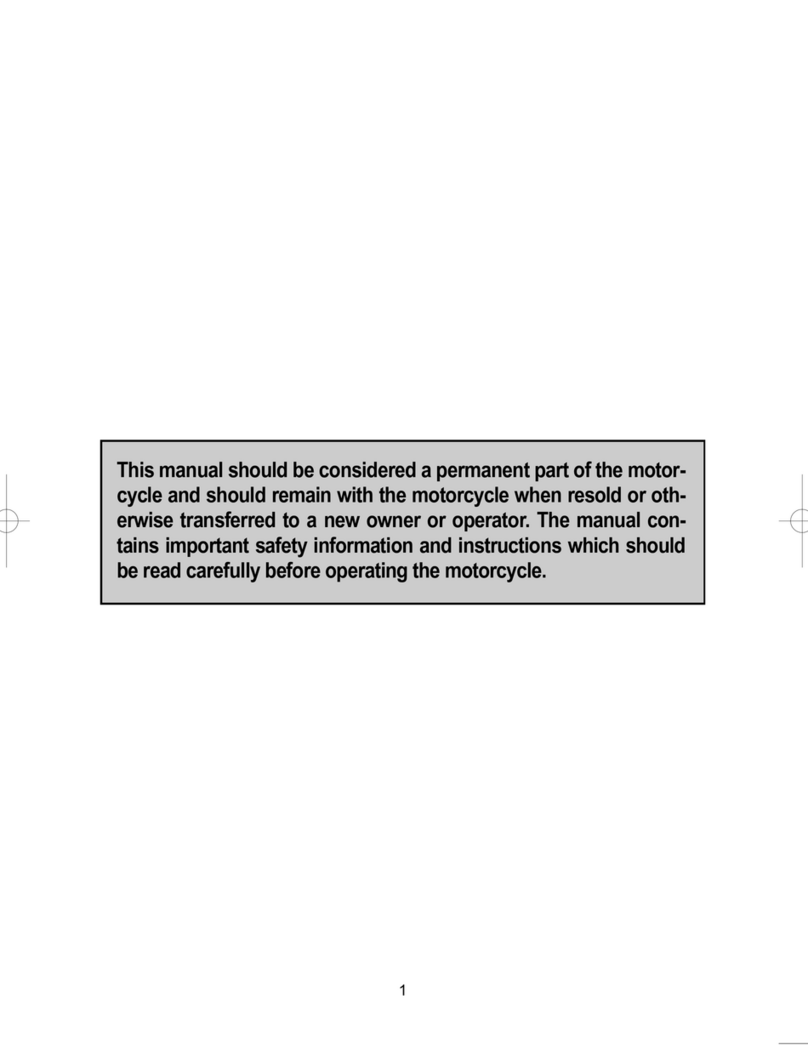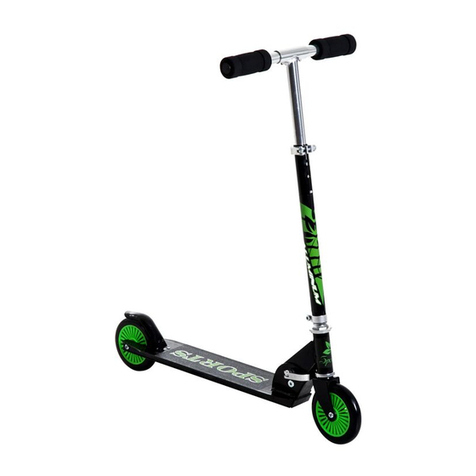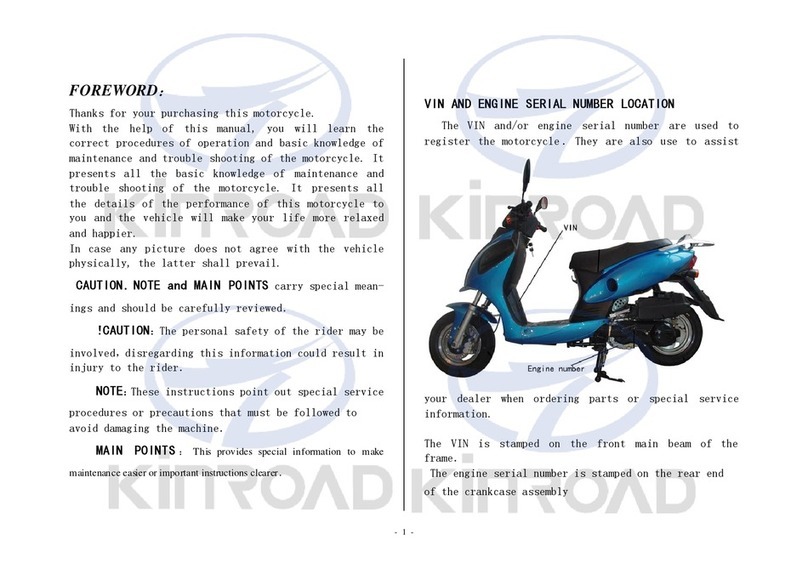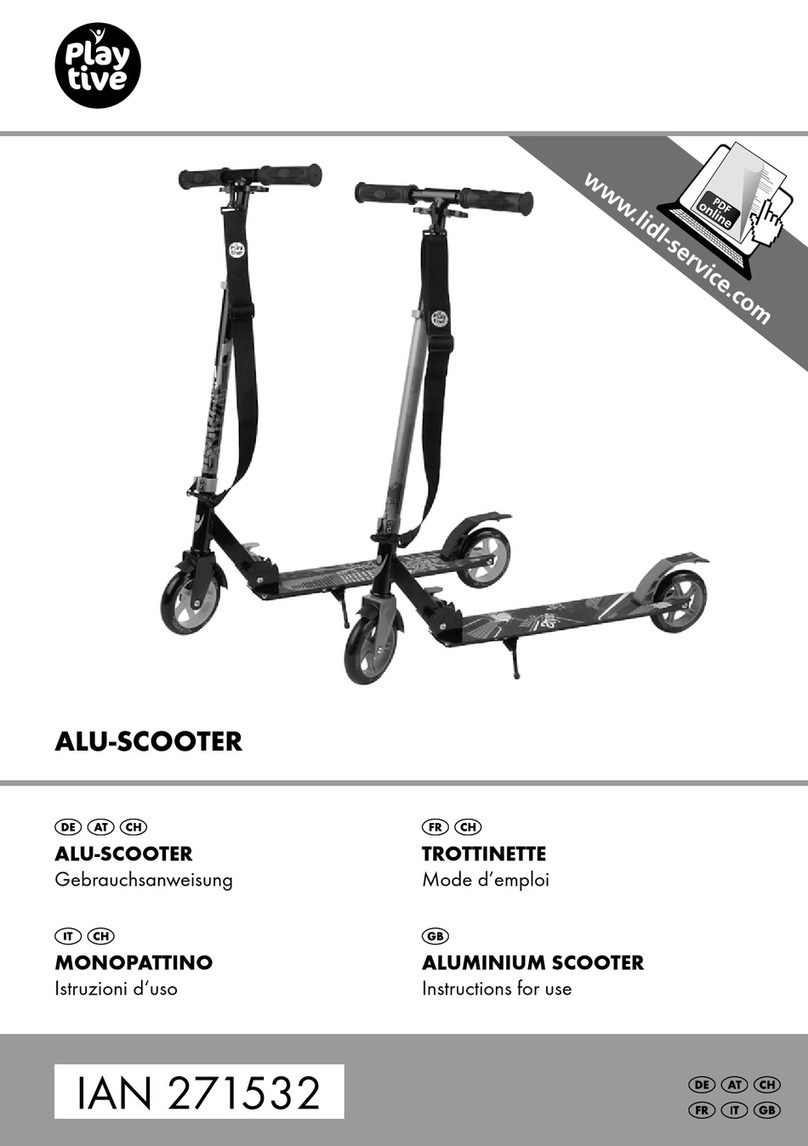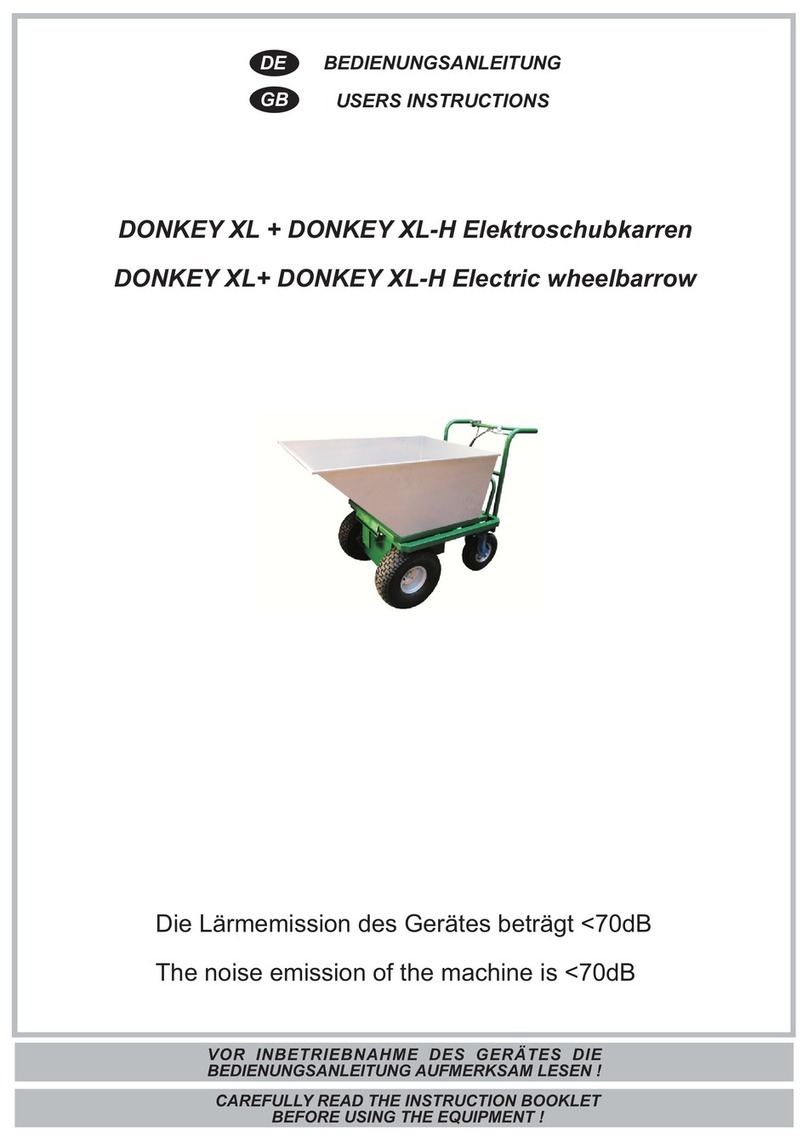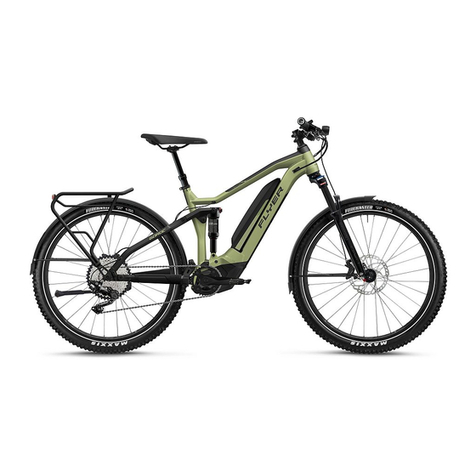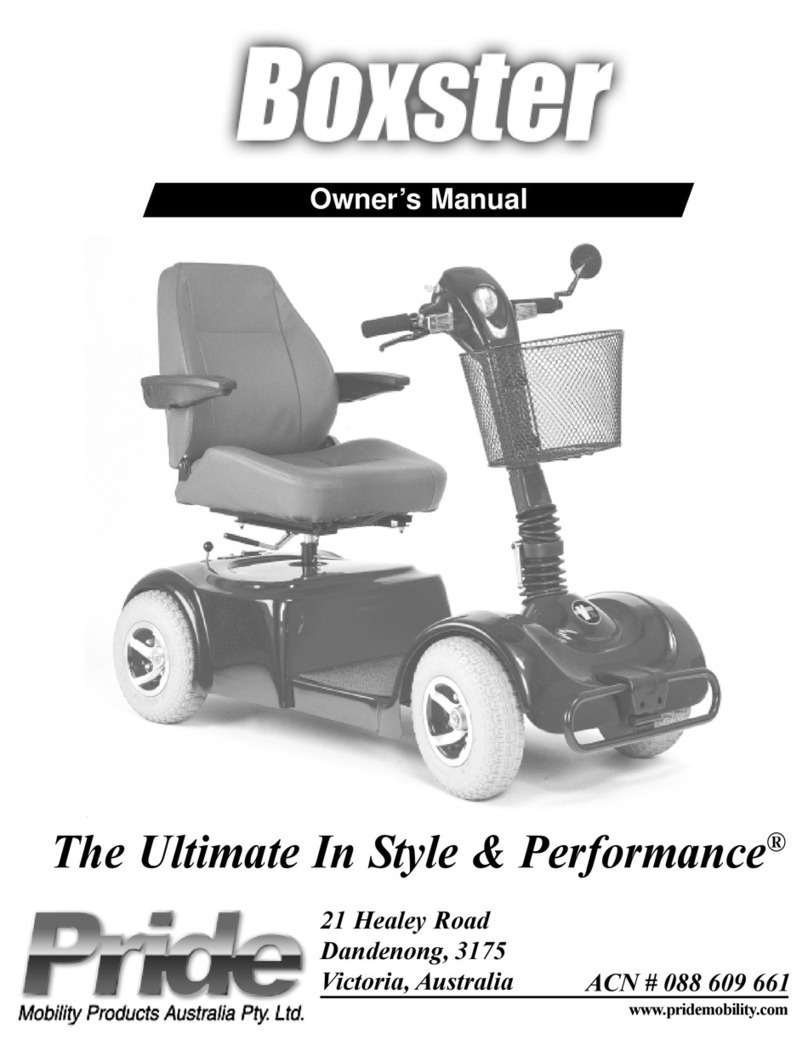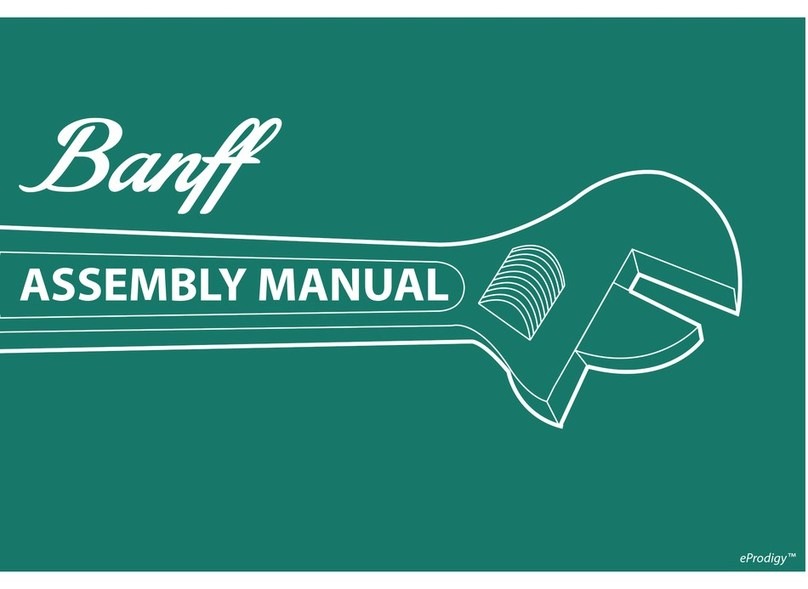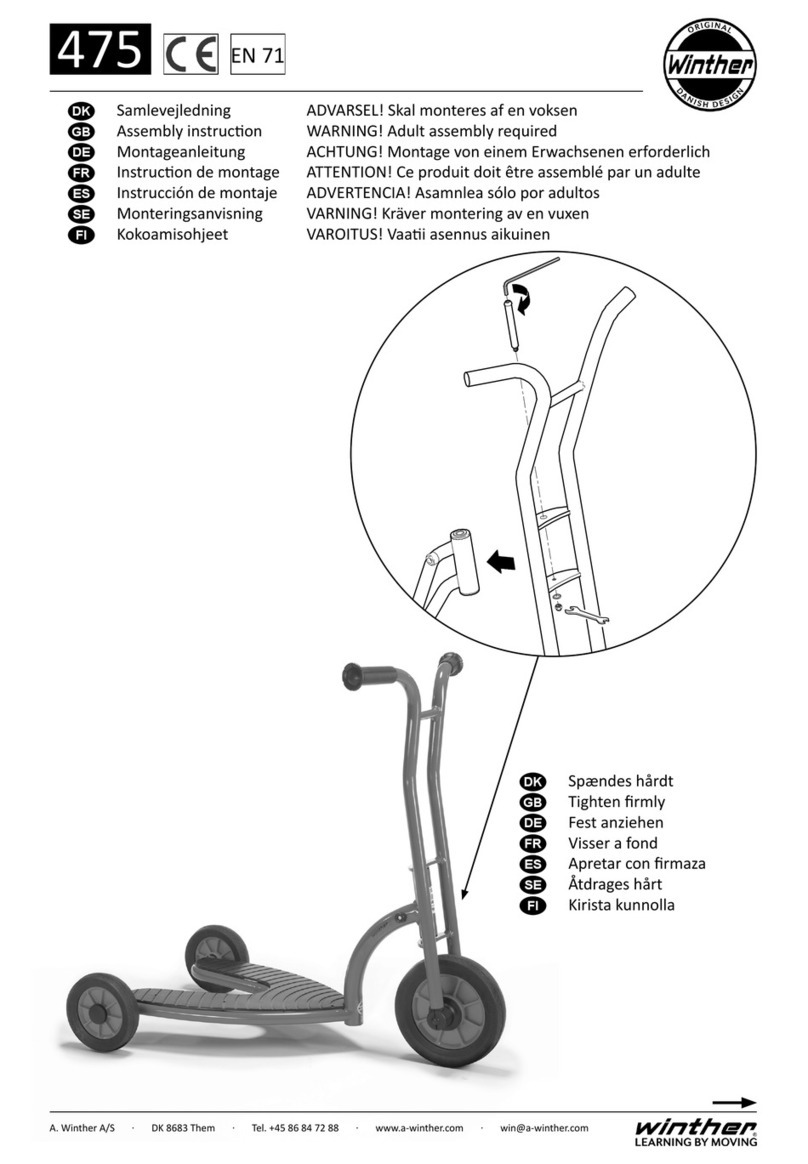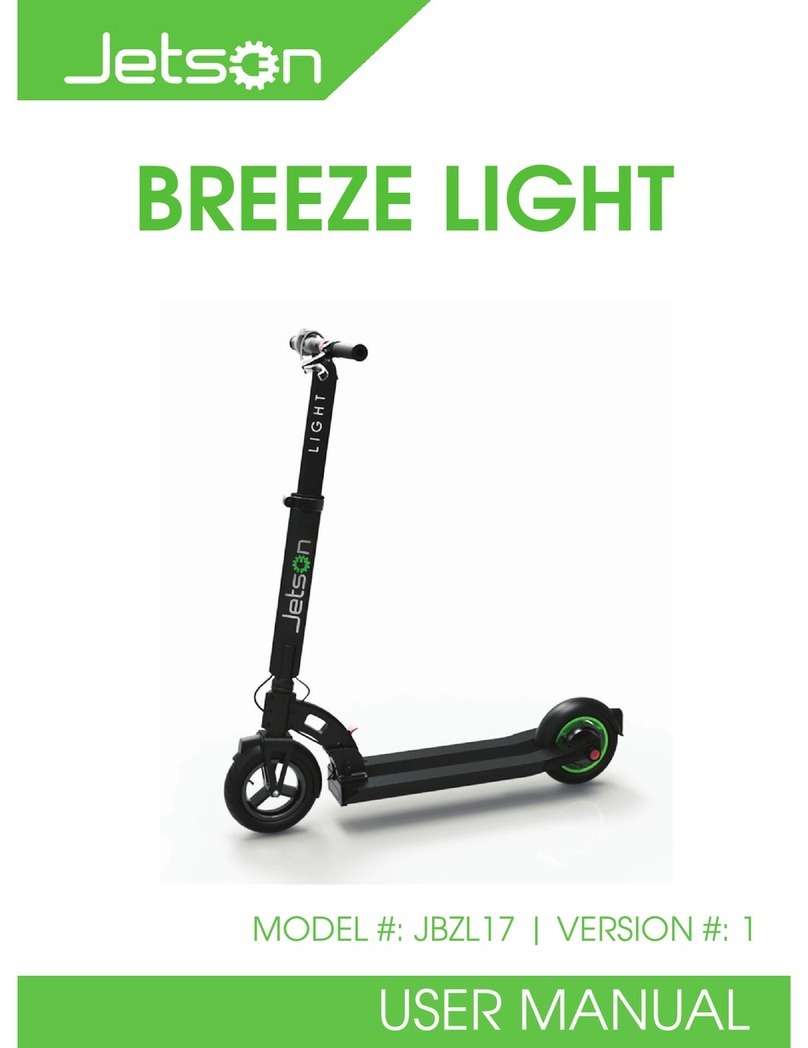
INDEX
VEHICLE...................................................................................... 7
Dashboard................................................................................ 9
Analogue instrument panel....................................................... 10
Keyswitch.................................................................................. 11
Locking the steering wheel.................................................... 12
Releasing the steering wheel................................................ 12
Switch direction indicators........................................................ 13
Horn button............................................................................... 13
Light switch............................................................................... 13
Start-up button.......................................................................... 14
Engine stop button.................................................................... 15
The immobilizer system............................................................ 15
Keys...................................................................................... 15
Immobilizer device enabled indicator led.............................. 16
Operation............................................................................... 17
Programming the immobilizer system................................... 17
Fuel tank................................................................................... 19
The saddle................................................................................ 19
Opening the saddle............................................................... 20
Identification.............................................................................. 20
Rear top box opening................................................................ 21
Helmet Anti-theft Device........................................................... 22
USE.............................................................................................. 23
Checks...................................................................................... 24
Refuelling.................................................................................. 24
Tyre pressure............................................................................ 25
Shock absorbers adjustment.................................................... 26
Running in................................................................................. 27
Starting up the engine............................................................... 28
Precautions........................................................................... 29
Difficult start up......................................................................... 30
Stopping the engine.................................................................. 31
Anti-theft ring............................................................................. 31
Catalytic silencer....................................................................... 32
Stand......................................................................................... 33
Automatic transmission............................................................. 33
Safe driving............................................................................... 34
MAINTENANCE........................................................................... 37
Engine oil level.......................................................................... 38
Engine oil level check............................................................ 38
Engine oil top-up................................................................... 39
Warning light (insufficient oil pressure)................................. 40
Engine oil change.................................................................. 40
Hub oil level.............................................................................. 42
Tyres......................................................................................... 44
Spark plug dismantlement........................................................ 45
Removing the air filter............................................................... 46
Air filter cleaning....................................................................... 47
Checking the brake oil level...................................................... 48
Braking system fluid top up................................................... 48
Battery....................................................................................... 49
Use of a new battery............................................................. 50
Long periods of inactivity.......................................................... 51
Fuses........................................................................................ 52
Front light group........................................................................ 57
Head light adjustment............................................................ 60
Front direction indicators........................................................... 60
Rear optical unit........................................................................ 61
Rear turn indicators................................................................... 62
Number plate light..................................................................... 63
Rear-view mirrors...................................................................... 63
Front disc brake........................................................................ 64
Rear drum brake....................................................................... 65
Puncture.................................................................................... 66
Inactivity of the vehicle.............................................................. 67
Cleaning the vehicle.................................................................. 67
5

